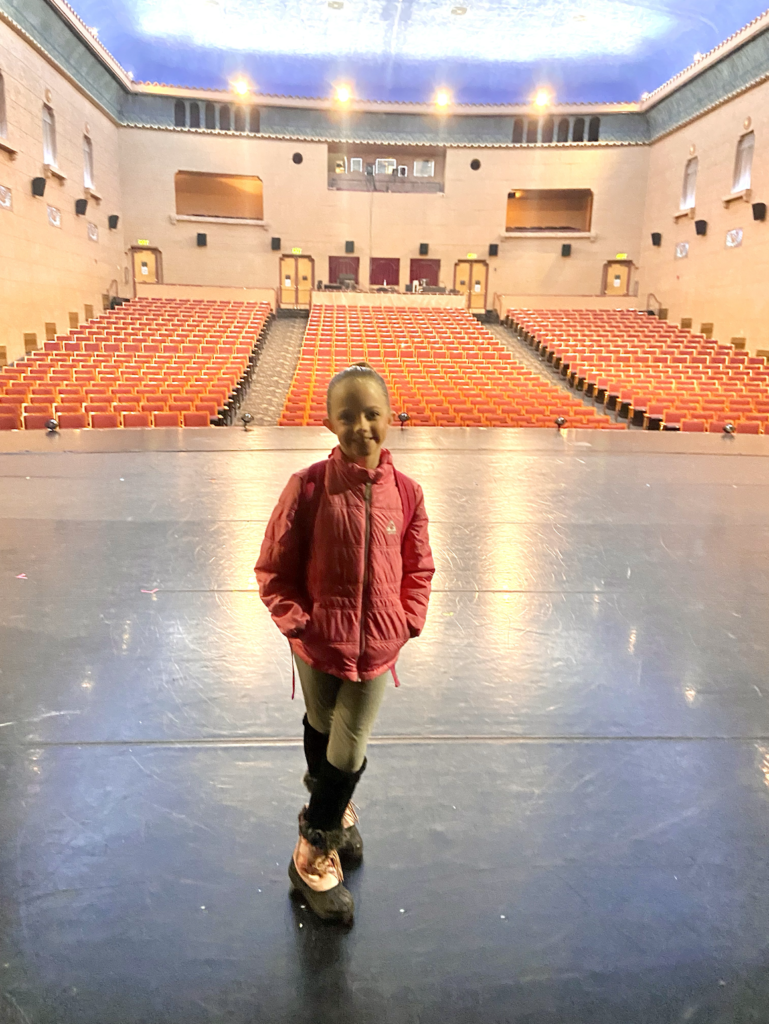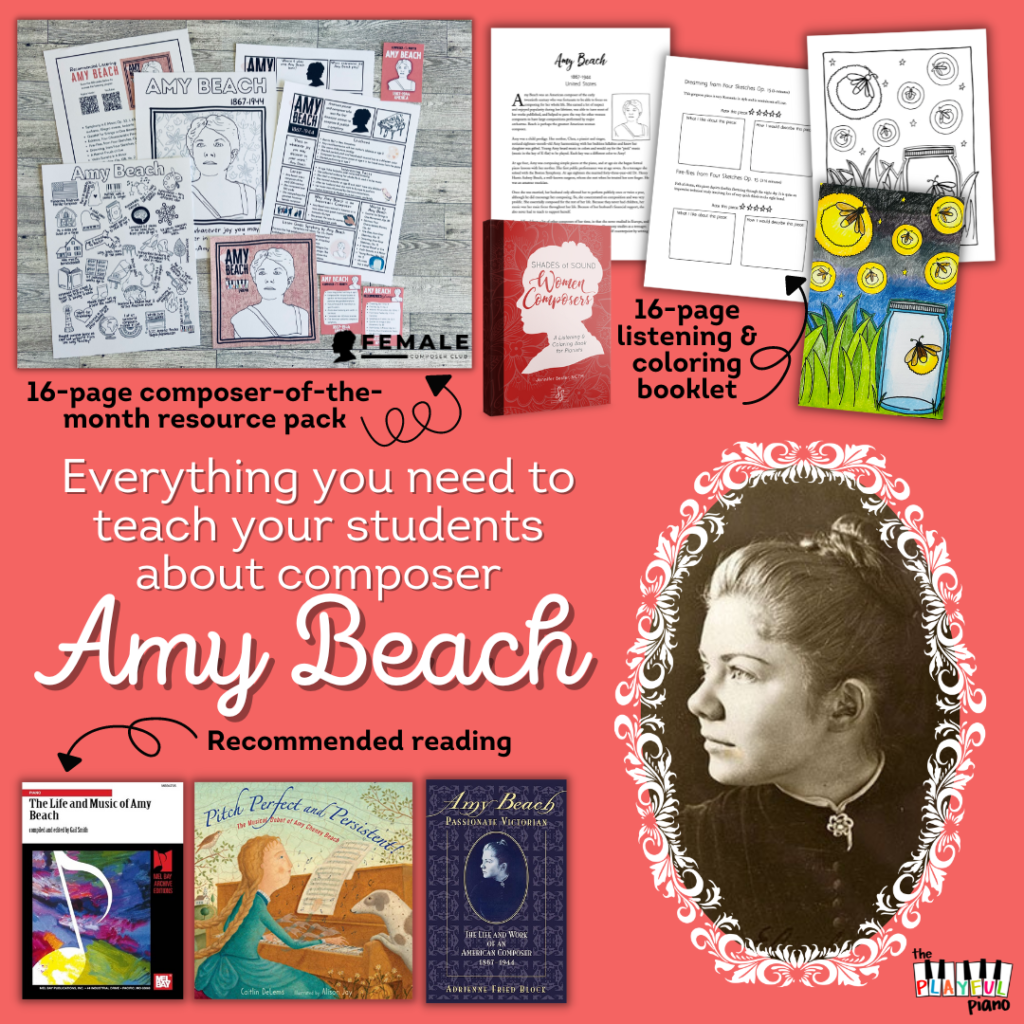
The Importance of Beginning Technique
 |
| Image from Clavier Companion |
There are all sorts of analogies to use to teach this curved hand shape – however, if you have the student naturally relax their hand on their lap, it will almost every time result in a nice, relaxed shape that you can just transfer right to the piano keys. (Who knew it was so easy, eh?) Oh and can I just mention the importance of staying relaxed and avoiding overall tension, such as in the shoulders? My college piano teacher once told me I looked like Frankenstein because my shoulders were getting so tense. Nice.
And one other fun idea – try putting little sticker dots on your student’s fingers on the exact place the finger should be striking the key! (Which would be on the fingertips, except for the thumb of course.) You could also put some on the keyboard and have the play by lining up the dots. This works well with the young’uns.
(In contrast, think of students who play by keeping all fingers touching the keys at all times and kind of push the finger down into the key with their hand or wrist. This is all fine and good when they’re playing “Twinkle Twinkle Little Star” or “Oscar the Octopus” but what happens when they start playing scales, etudes, or Liszt pieces of craziness? The required finger movement just won’t be there, and the results will be sloppy.)
You can achieve this technique (while avoiding injury) by lifting the fingers, one at a time, straight up, then bringing them down into the keys while keeping the wrist nice and relaxed. Try having them play a simple five-finger scale while saying, “up, down, relax” to get these movements down.
Really, the goal you’re going for with this technique is for your students to play with control and confidence.
Staccato Touch
Here’s how I like to teach staccato. I call it my Basketball Analogy:
 |
| image link |
Pretend that the keyboard is a basketball, and you are dribbling it. (Hopefully your student has dribbled a basketball before – if not you may have to take them on a little field trip out to your patio or driveway for an object lesson!)
What happens if your hand is touching the basketball the entire time you are trying to dribble it? Will it bounce? Um, no. You need to actually have your hand above the basketball, and then come down with some force and whack it (very technical terms here). The ball then bounces while you lift your hand up again and repeat.
Now obviously you want to do this with nice, curved fingers (but probably NOT with the actual ball – you don’t want to jam those precious piano fingers). But at least it gives them the general idea that it is ok to get away from the keyboard a little. It’s amazing the difference in staccato when you can get those little fingers to strike the keys from a little ways above the keyboard.
If your student feels a little sheepish with their hands up in the air, just whip out a few photos of famous pianists, and that ought inspire them a bit:
 |
| This is Lang Lang. |
 |
| And Martha Argerich. |
Oh and p.s., on a side note I want to mention that STACCATO does not necessarily equal FAST, nor does it equal LOUD. Try challenging your students to play a SOFT staccato piece with a SLOW tempo.
Legato Phrases
This is actually two different concepts. It’s one thing to play smooth and legato, and a whole different thing to actually play legato notes within a phrase.
As for legato: I like to illustrate smooth, connected notes by having my student walk across the room. We talk about how one foot cannot lift up until the other one is on the ground. (They can go ahead and try it. It is pretty near impossible, without jumping :)) In order to play a smooth, connected line of notes, one finger should not release its key until the next finger is playing.
Beginning students should learn the basics of playing a phrase. I like to tell my students that a phrase is a musical sentence. (This analogy works very well with all those little bookworms out there.) What would happen if you were reading a book, and there were no punctuation marks between the sentences? Would the book make any sense? Not really. There needs to be something that separates musical phrases (and sentences) in order for them to make sense.
That something is a slight lift of the wrist, like a little breath. A good way to teach this is to begin with two-note phrases, and have the student say, “down, up! down, up!” as they play and move their wrist down and up. Faber and Faber has a great little analogy called a “Wrist Float-Off.” Pretend there is a balloon with a string tied around your wrist, slowly pulling your wrist upward. On a closed piano lid, let your wrist rise slowly (keeping your shoulder relaxed) until only the tip of finger 3 is touching the surface.
So there you have it – my take on beginning technique. I’d love to hear your ideas as well. Let us strive to give our students a wonderful foundation of technique to build on for years to come, even if we choose to “only” teach beginners!

 Previous Post
Previous Post Next Post
Next Post



















Hi Jenny! I am one of those piano instructors who teaches students from beginner-early intermediate level only, as that is as far as I feel qualified to go. However I have always felt very strongly that the beginning years of a child's piano instruction are the most important, especially where technique is concerned. I spend a lot of time with my students on technique, as I feel that it is my job to set a solid foundation for them and prepare them for the wonderful more advanced pieces (and teachers!) that await them in the future.
I like to stress to my students that not only does proper technique enable them to play better and with more ease and expression, but it also contributes to better health of the hands, wrists, and shoulders. There are so many musicians who struggle with things like tendonitis, which can be avoided by using proper technique.
Thanks for the great suggestions!